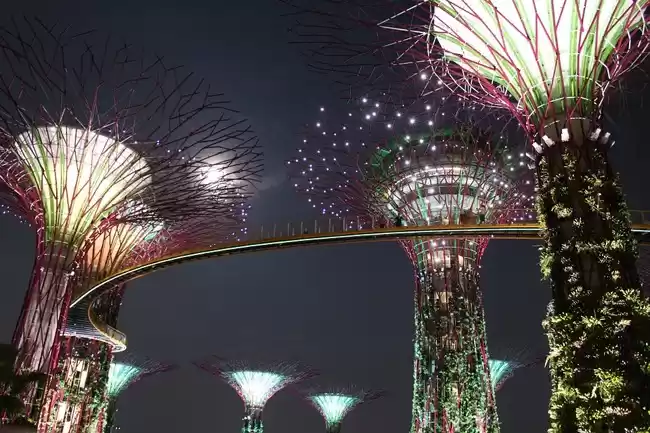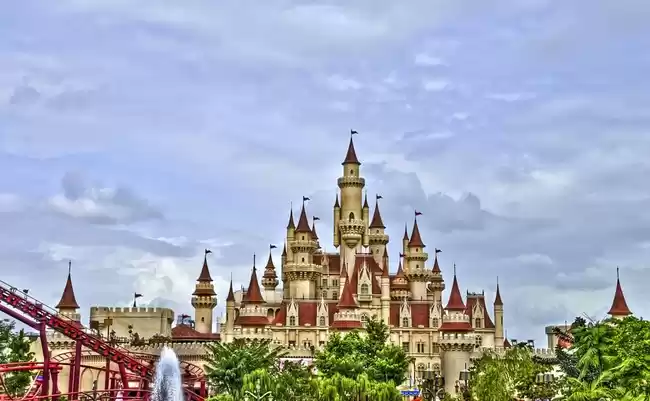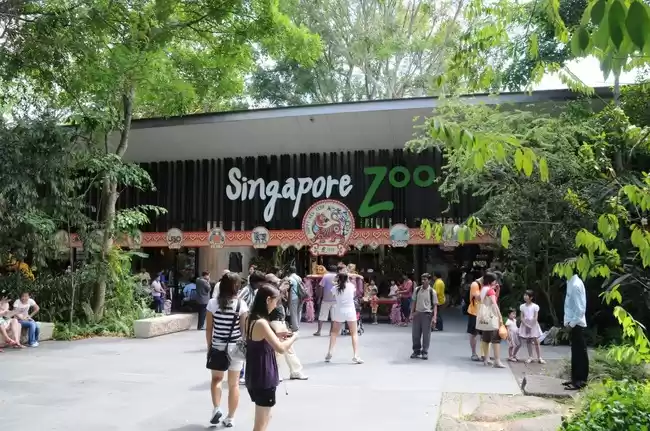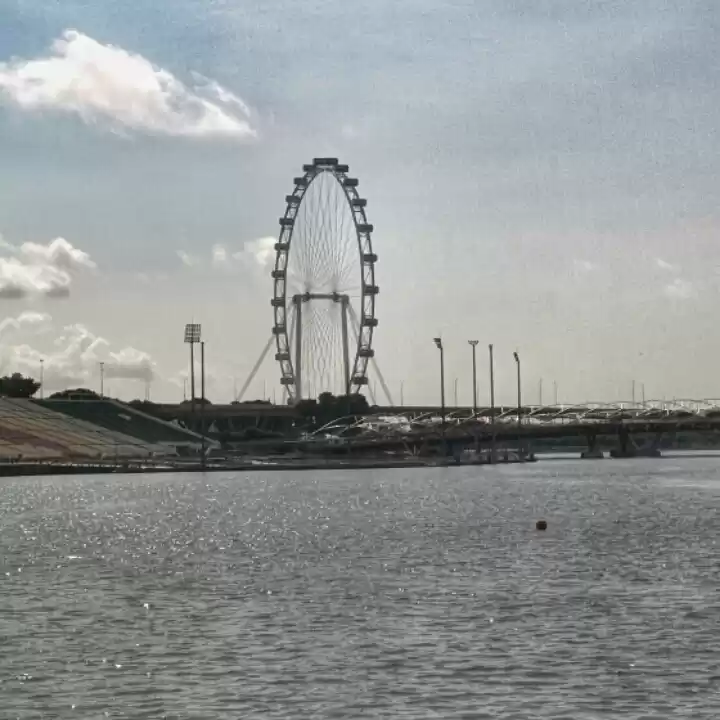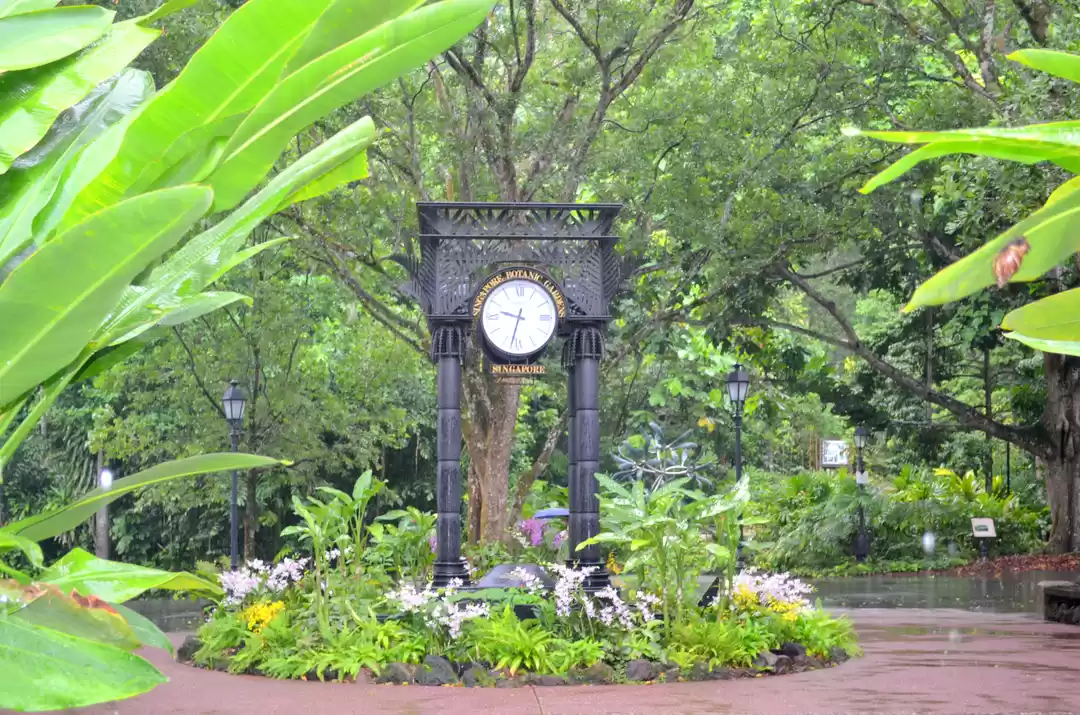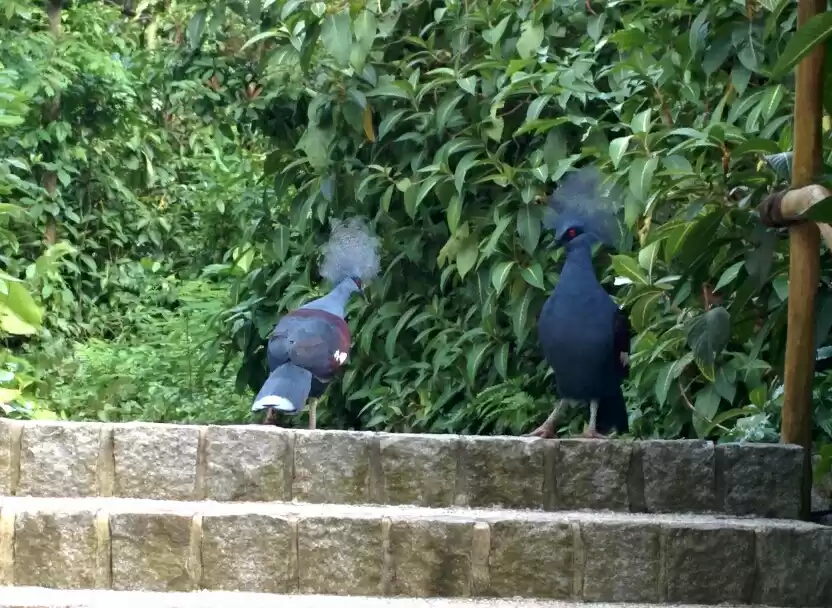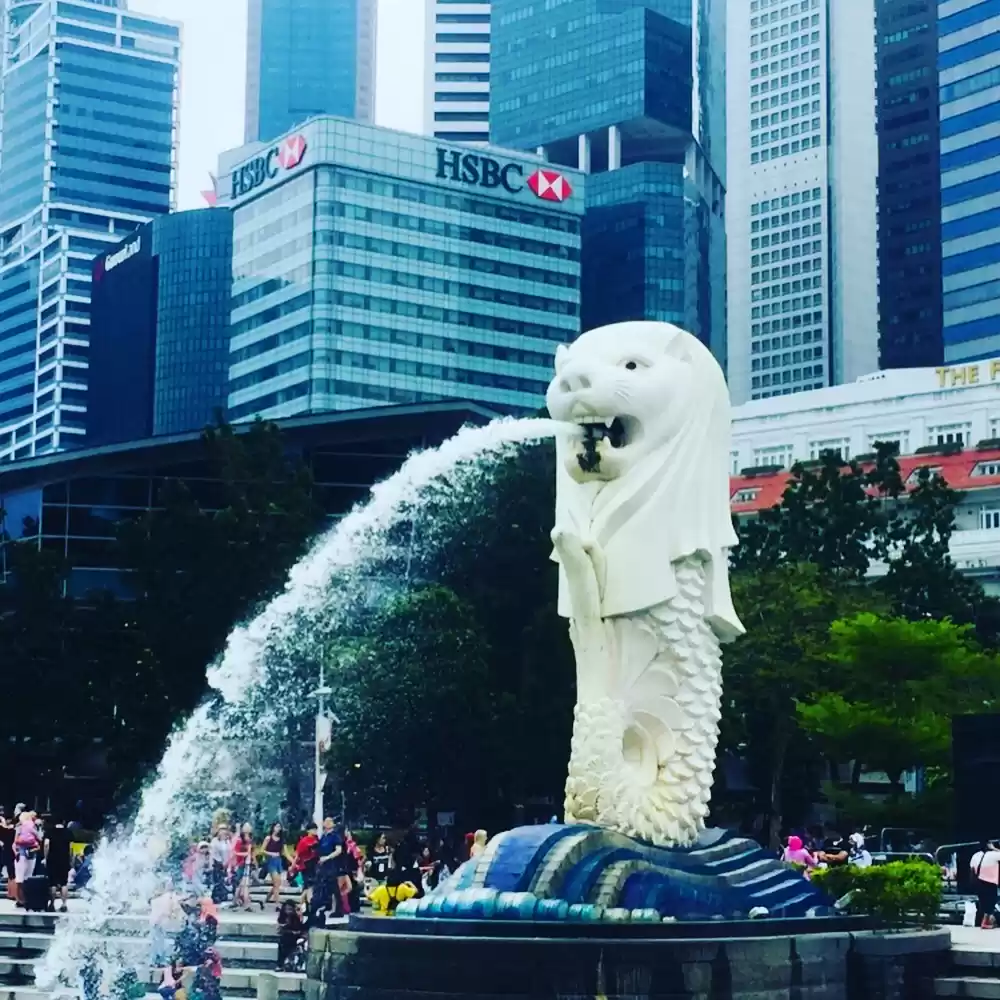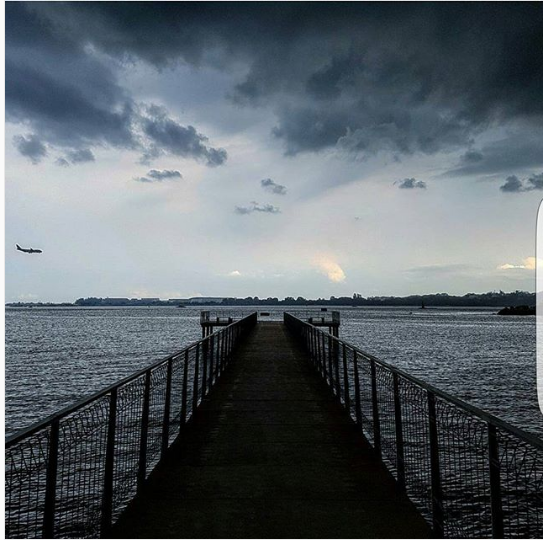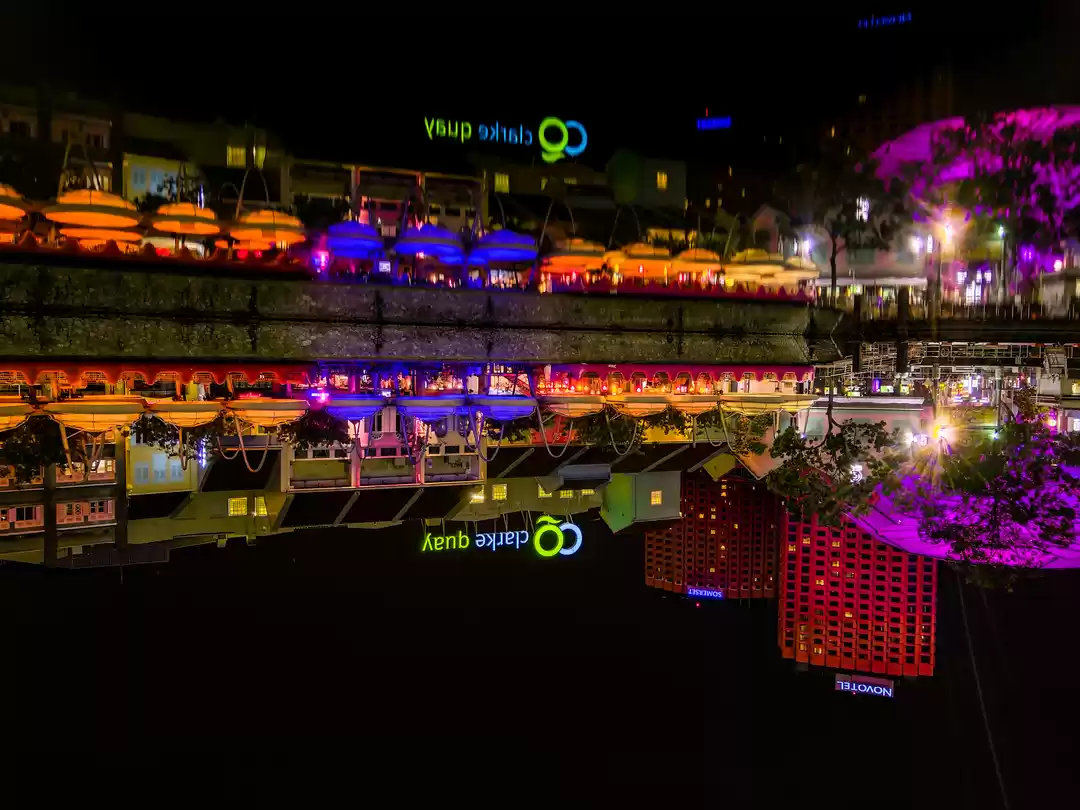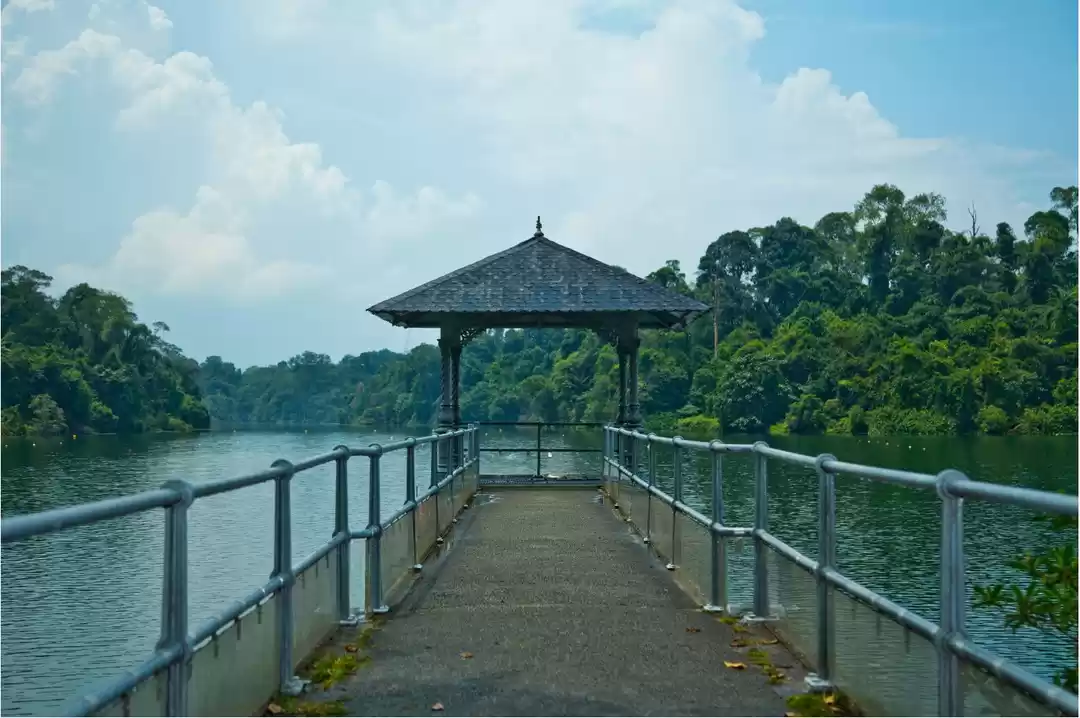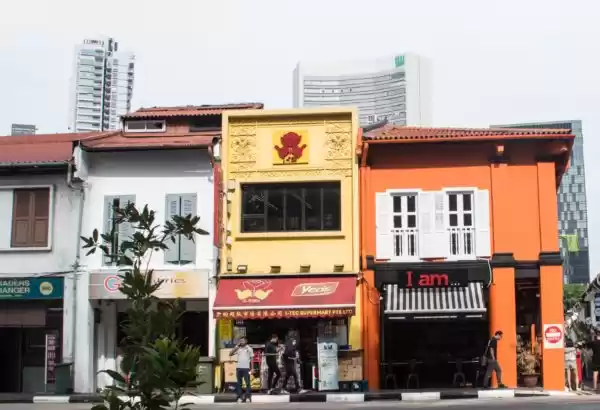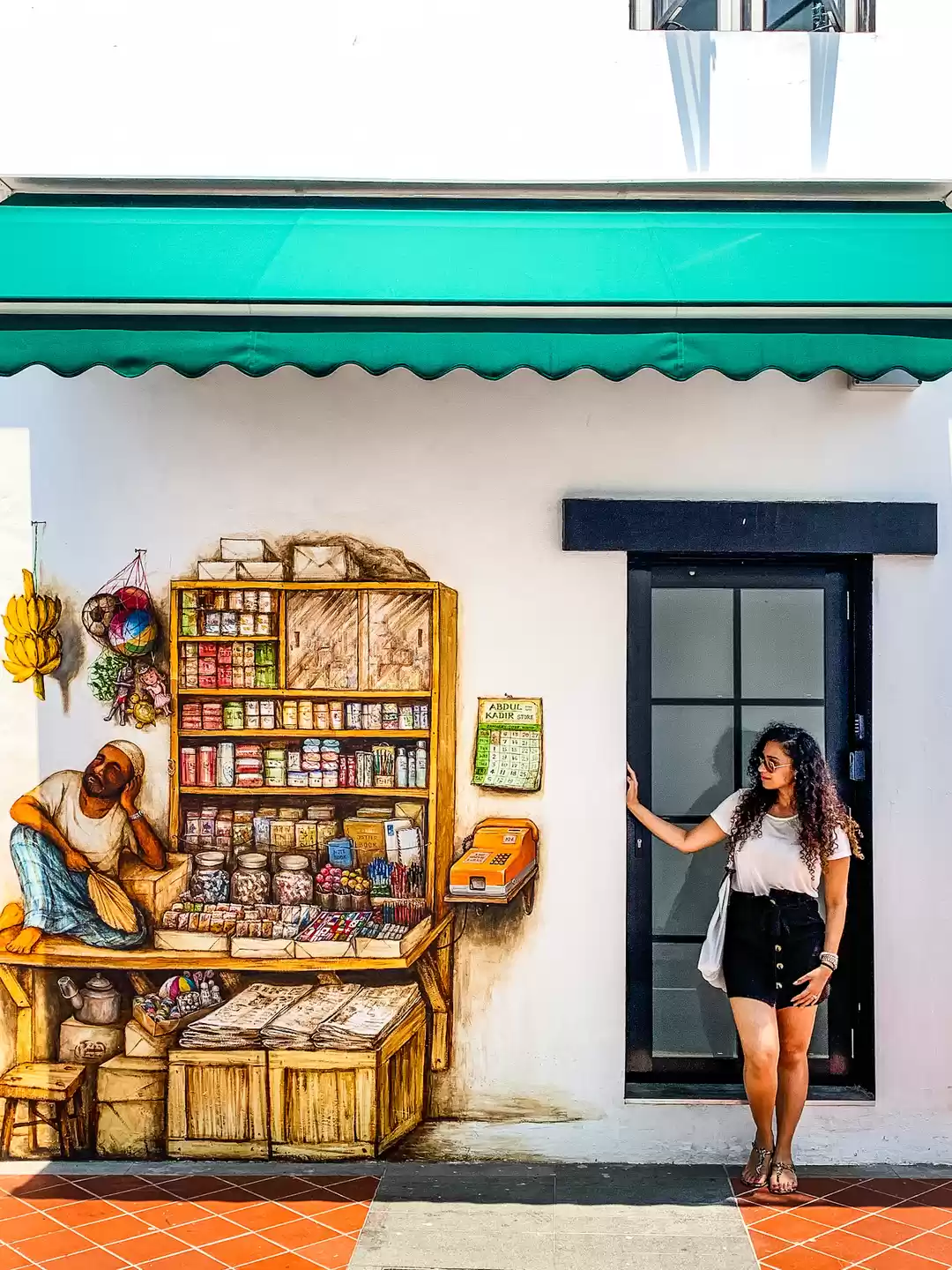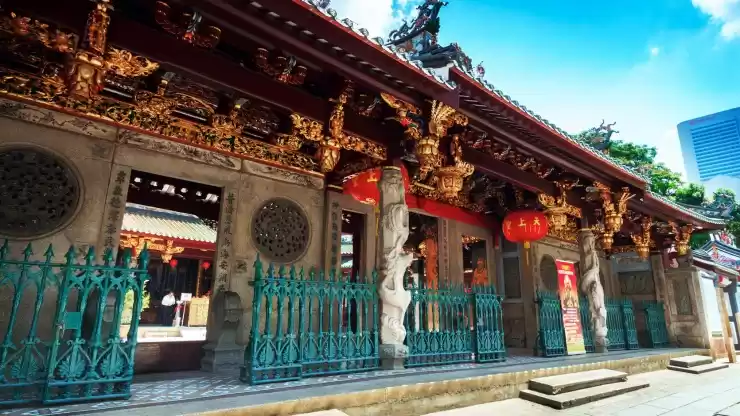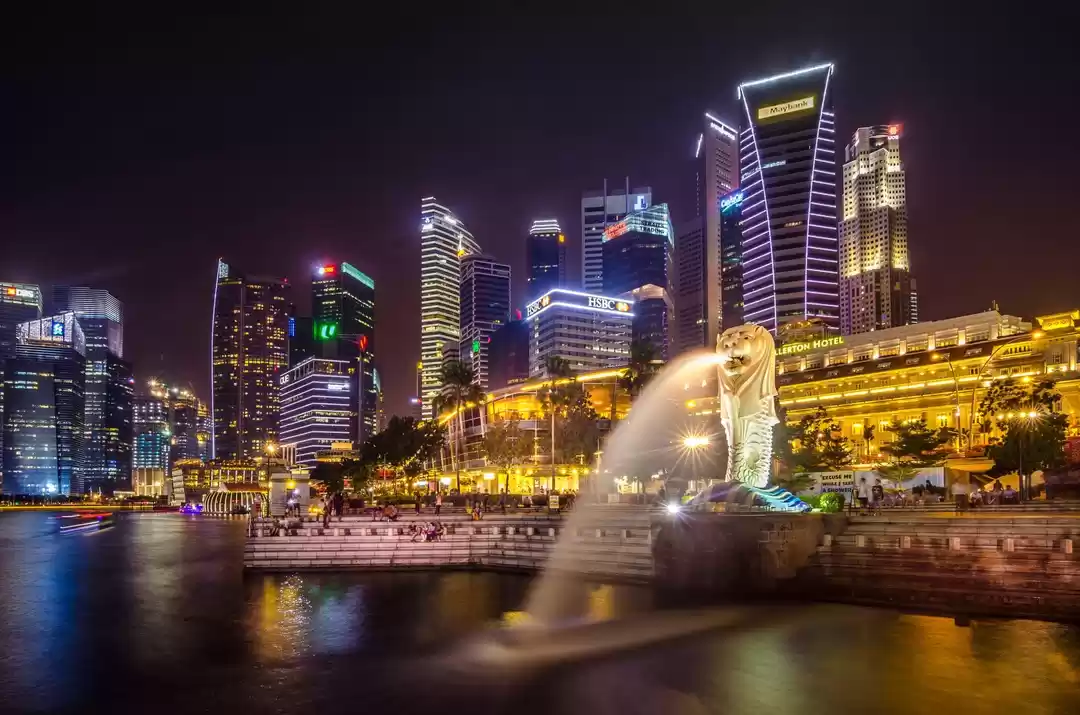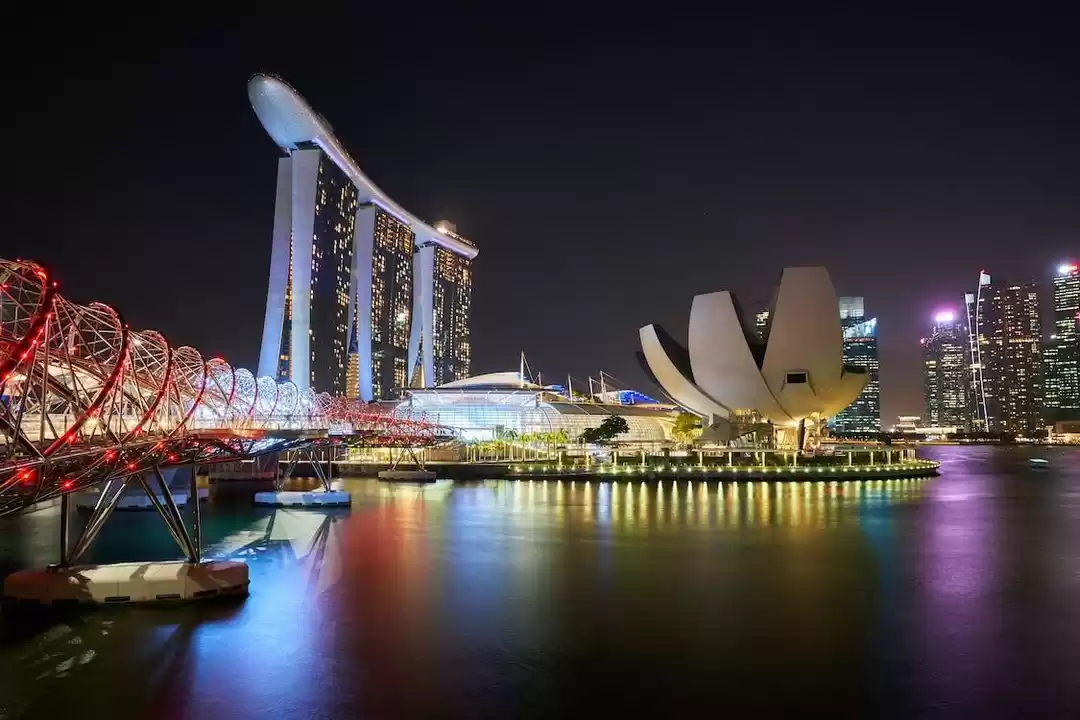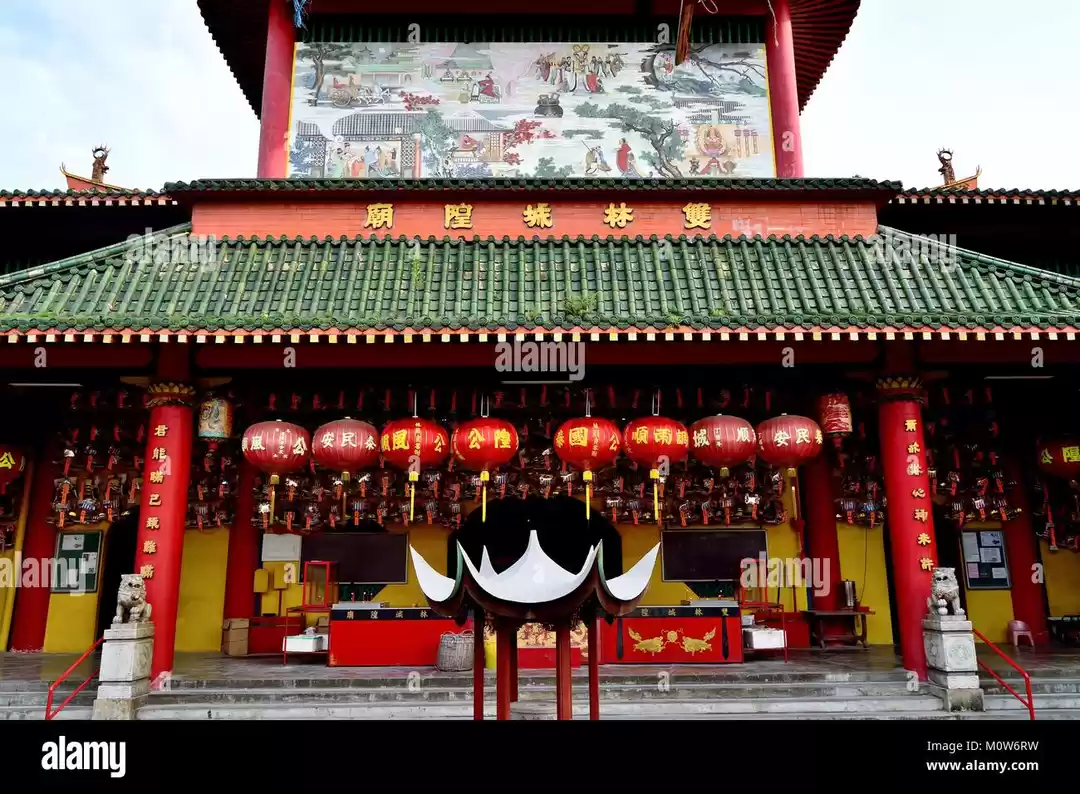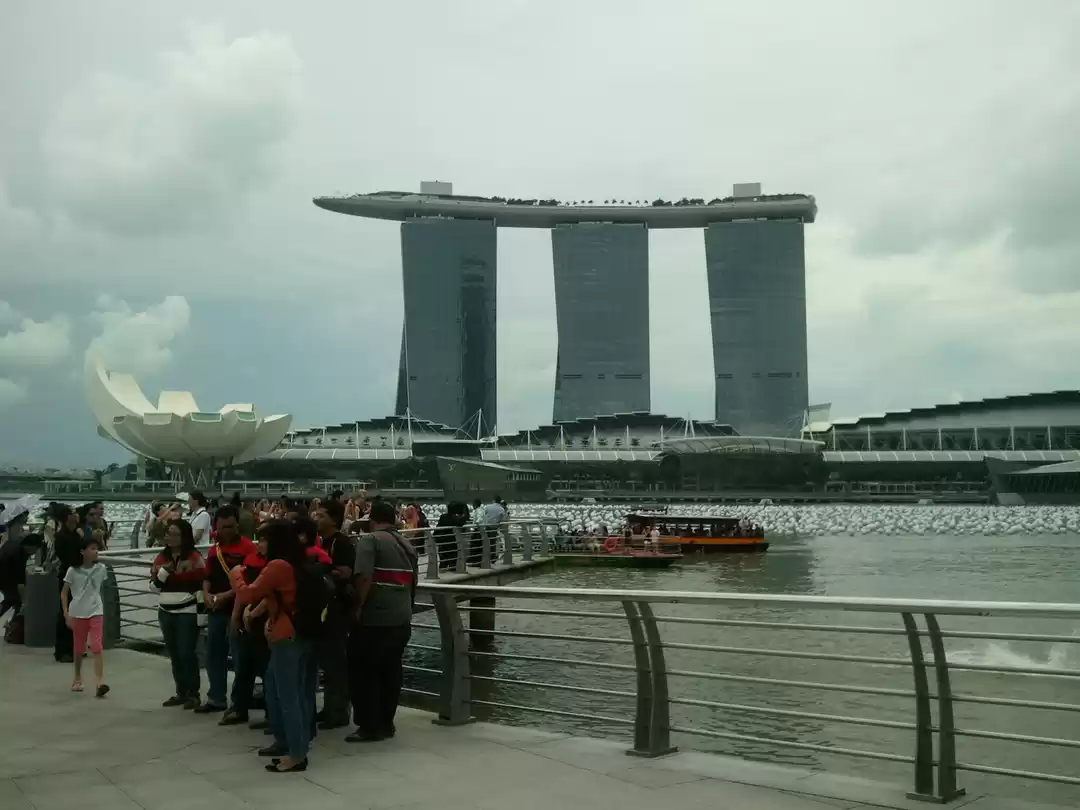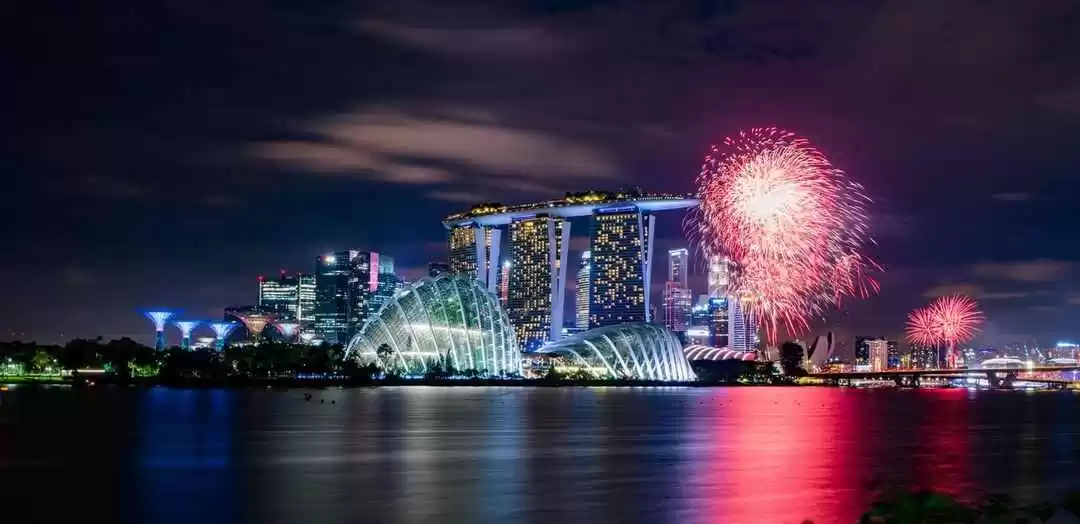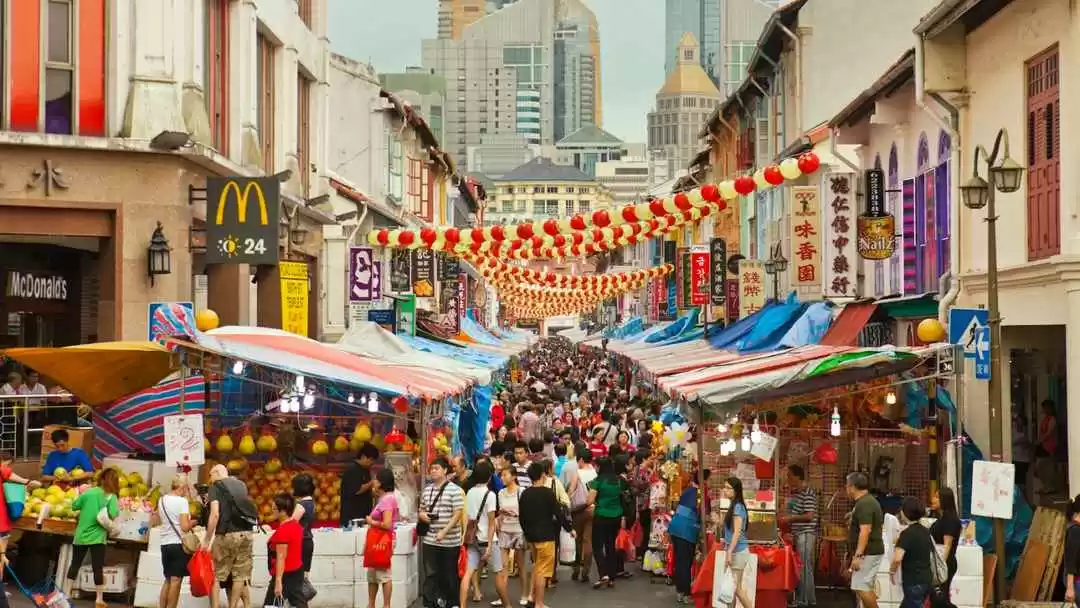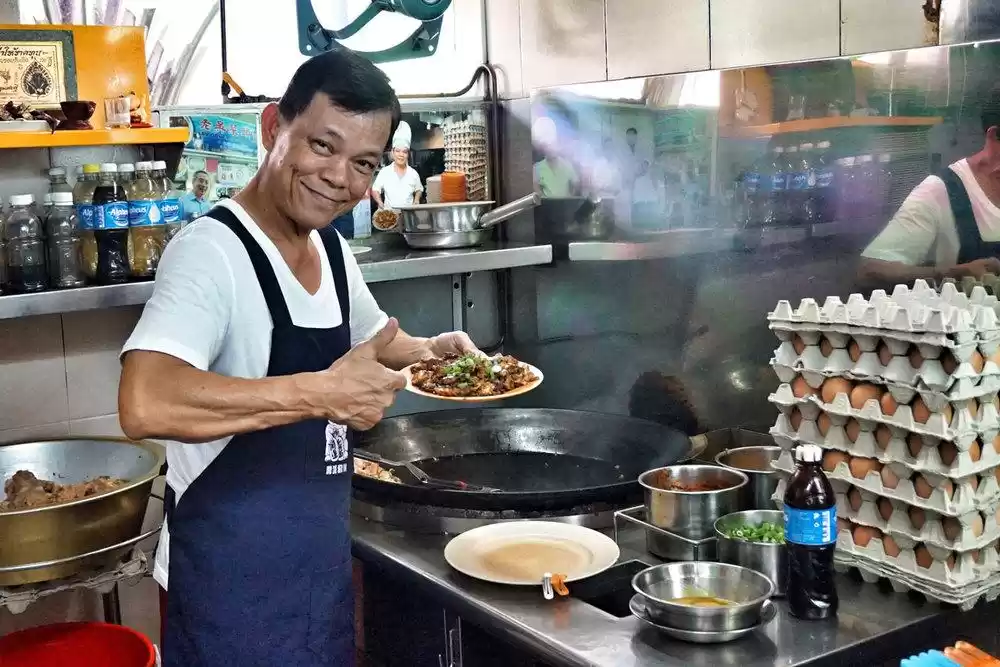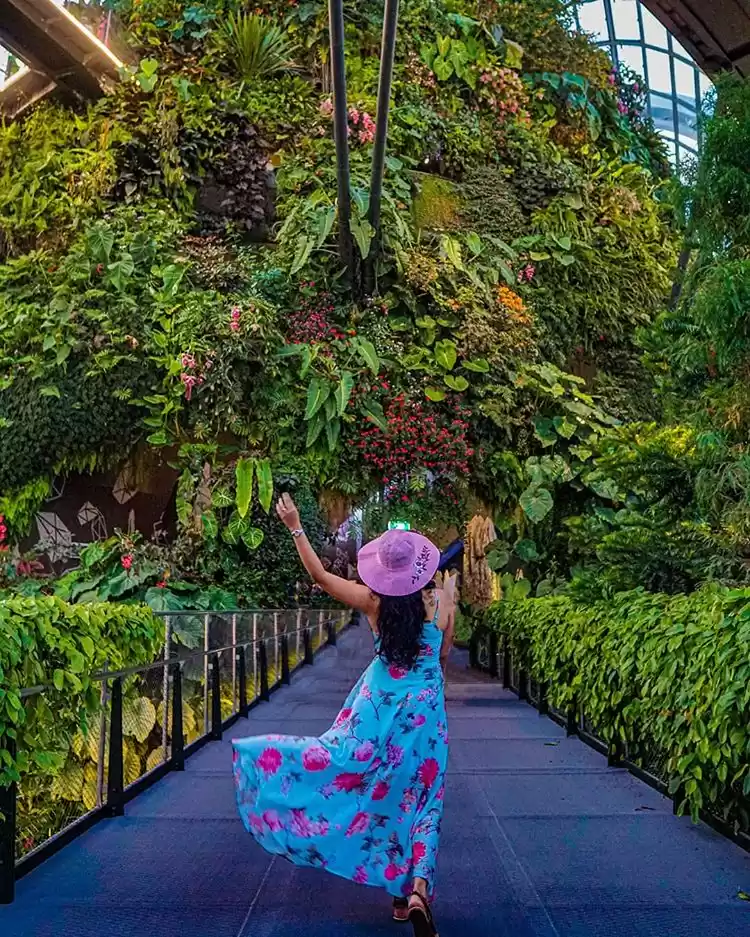If you are looking for a place to experience the rich and diverse heritage of Singapore, Thian Hock Keng Temple is a must-visit destination. Thian Hock Keng Temple is one of the oldest and most important Hokkien temples in Singapore, dedicated to Mazu, the patron goddess of the sea and the Chinese immigrants. The temple is a masterpiece of traditional southern Chinese architecture, featuring exquisite carvings, tiles, and paintings. The temple is also a living-monument and a historical landmark, hosting various activities and celebrations throughout the year.
In this article, we will explore the history, culture, and significance of Thian Hock Keng Temple, and provide some tips and recommendations for visitors who want to discover this amazing place.

Thian Hock Keng Temple's History: From a Shrine to a National Monument
Thian Hock Keng Temple has a long and illustrious history that dates back to the early 19th century, when Singapore was a British colony and a thriving port. The temple was originally a simple shrine on the beach, where the Chinese immigrants, mostly from the Fujian province, would pray to Mazu for a safe voyage across the sea. The shrine soon became a popular place of worship, and the Hokkien community decided to build a proper temple on the land. The temple was completed in 1842, with donations and contributions from the Hokkien community and leaders, such as Tan Tock Seng and Tan Kim Seng, who were prominent businessmen and philanthropists. The temple also housed the Hokkien Huay Kuan, the oldest clan association in Singapore, which provided social services and education for the Chinese immigrants. The temple served as a focal point for the Hokkien community, and a symbol of their faith, heritage, and legacy.

The temple has undergone several restoration and renovation works over the years, to preserve its original beauty and function. The temple was gazetted as a national monument in 1973, and received the UNESCO Asia-Pacific Heritage Award and the Singapore Heritage Award for its outstanding conservation efforts. The temple is still an active place of worship and a historical landmark, attracting visitors from all over the world.
Thian Hock Keng Temple's Deities: Mazu and More
The main deity of Thian Hock Keng Temple is Mazu, the patron goddess of the sea and the Chinese immigrants. Mazu is believed to be a young girl named Lin Moniang, who lived in the Fujian province in the 10th century. She had the power to predict the weather and save sailors from storms. She died at a young age, and was revered as a goddess by the fishermen and sailors. Mazu is also known as Tianhou, which means Heavenly Empress, and is worshipped as the mother of all Chinese people. Mazu is the protector and benefactor of the Chinese immigrants, who prayed to her for a safe journey, good fortune, and prosperity. The statue of Mazu in Thian Hock Keng Temple is said to be one of the oldest and most sacred in Singapore, and was brought from China by the first immigrants.

Besides Mazu, there are other deities worshipped in Thian Hock Keng Temple, such as Guan Yin, the goddess of mercy and compassion, Guan Di, the god of war and justice, Bao Sheng Da Di, the god of medicine and healing, and Yue Lao, the god of marriage and love. Each deity has a specific role and relevance to the needs and aspirations of the worshippers, who offer incense, candles, fruits, and flowers to them. There are also different rituals and ceremonies performed in the temple, such as the Mazu Festival, which celebrates the birthday of Mazu, and the Mid-Autumn Festival, which commemorates the harvest and the moon.
Thian Hock Keng Temple's Architecture: A Masterpiece of Southern Chinese Style
Thian Hock Keng Temple is a masterpiece of traditional southern Chinese architecture, featuring exquisite carvings, tiles, and paintings. The temple is built entirely of wood, without the use of any nails, and is supported by ironwood columns and beams. The temple is decorated with ceramic tiles, stone sculptures, and wood carvings, depicting dragons, phoenixes, flowers, and animals. The temple also incorporates materials from different countries, such as iron from Scotland, granite from China, and tiles from England and the Netherlands. The temple reflects the cultural and artistic influences of the Fujian province, where most of the immigrants came from.

The temple consists of three main halls: the Entrance Hall, the Main Hall, and the Rear Hall. The Entrance Hall is where the worshippers enter the temple, and is guarded by two stone lions and two door gods. The Main Hall is where Mazu is enshrined, and is the most sacred and ornate part of the temple. The Main Hall has a high roof with intricate ridges and carvings, and is adorned with lanterns, banners, and couplets. The Rear Hall is where the other deities are enshrined, and is also the place where the Hokkien Huay Kuan is located. The Rear Hall has a lower roof and a simpler design, and is connected to the Main Hall by a courtyard and a bridge.
Thian Hock Keng Temple Today: A Living-Monument and a Historical Landmark
Thian Hock Keng Temple is not only a place of worship, but also a living-monument and a historical landmark. The temple is a testament to the history, culture, and legacy of the Hokkien community and the Chinese immigrants in Singapore. The temple is also a showcase of the traditional southern Chinese architecture and art, and a treasure trove of cultural and religious heritage. The temple hosts various activities and celebrations throughout the year, such as the Chinese New Year, the Lantern Festival, and the Hungry Ghost Festival, which attract visitors from all walks of life. The temple also offers guided tours, educational programs, and cultural performances, to promote the awareness and appreciation of the temple and its values.
If you are planning to visit Thian Hock Keng Temple, here are some tips and recommendations for you:
- The temple is open daily from 7:30 am to 5:30 pm, and admission is free. However, you are expected to dress modestly and respectfully, and to remove your shoes before entering the temple. You are also advised to refrain from smoking, eating, drinking, or taking photos inside the temple.
- The temple is located at 158 Telok Ayer Street, in the Chinatown district of Singapore. You can easily reach the temple by public transport, such as the MRT, bus, or taxi. The nearest MRT station is Telok Ayer, which is a 5-minute walk from the temple. The nearest bus stop is Opp PWC Bldg, which is a 2-minute walk from the temple. The temple is also accessible by car, but parking is limited and may be expensive.
- The temple is surrounded by many other attractions and amenities, such as the Nagore Dargah Indian Muslim Heritage Centre, the Telok Ayer Green, the Amoy Street Food Centre, and the Ann Siang Hill Park. You can explore these places and enjoy the diverse and vibrant atmosphere of Chinatown. You can also find many hotels, restaurants, cafes, and shops nearby, catering to different tastes and budgets.

Conclusion
Thian Hock Keng Temple is a place that you should not miss when you visit Singapore. It is a place where you can experience the rich and diverse heritage of Singapore, and learn about its fascinating history, deities, architecture, and activities. It is a place where you can appreciate the beauty and splendor of the traditional southern Chinese style, and marvel at the craftsmanship and conservation of the temple. It is a place where you can immerse yourself in the culture and religion of the Hokkien community, and join in the festivities and celebrations of the temple. Thian Hock Keng Temple is a place that will inspire and enchant you, and make you fall in love with Singapore.

